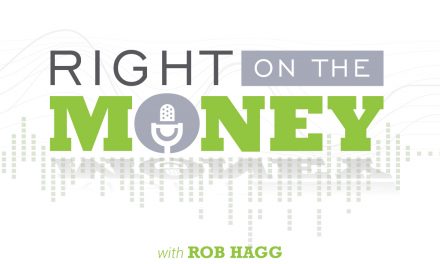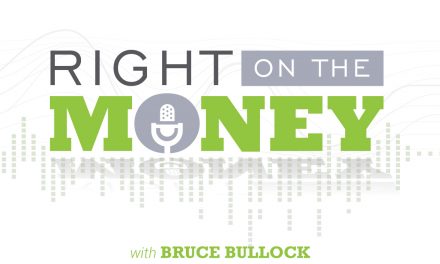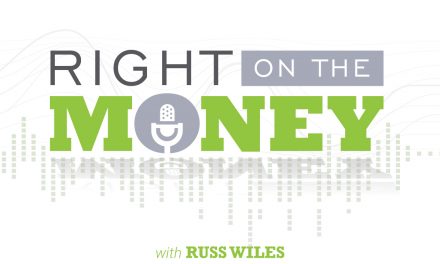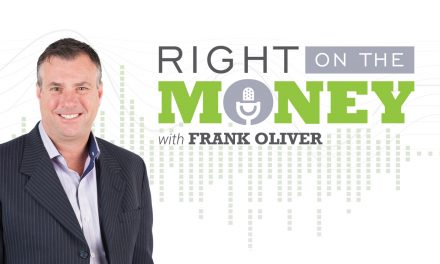Par Whole Life and Universal Life Insurance Interest Crediting Contracts
If you’re a tax-conscience, conservative, long-term saver, you should consider two cash-value life insurance contracts that are interest-rate driven via the insurance-companies-dominated portfolio of investment grade government bonds. One is the vanguard of cash-value policies entitled Participating Whole Life and the other is Current Interest Rate Universal Life. Both have their pros and cons as a savings vehicle, but the tax advantages of both can present a real appeal to consumers.
Undergoing a risk-tolerance test can help you build a financial profile that can serve you in the decision-making process. If the results of your test determine you’re a conservative saver or investor, make sure your 401(k) or IRA reflects your psychonomic characteristic of a conservative. Often a risk-tolerance test will result in a conservative profile, while your retirement plan has beta risk exposure unsuitable for you. Watch the interview with popular platform speaker, asset management and life insurance specialist Rob Hagg as he talks about the tax-conscience, conservative saver and why they should consider par whole life or universal life insurance.
Just as there are thousands of mutual funds and ETFs, there are thousands of cash-value life insurance policies. All financial products have current expense loads and differing historical performance. In there, the product inventory of participating whole life and current interest rate universal life, the consumer contenders are limited to a dozen insurance companies. Here are the basics on why you may want to look into these products.
Participating Whole Life Insurance can be optimized to generate more than 5 percent with its base policy and no other riders. But a minimized base policy with a “paid-up additions rider” for excess contributions can generate 5.5 percent. Keep in mind the best in this category could be returning dividends (a combination of portfolio returns and unused premiums) north of those numbers. Dividends are not guaranteed, but the top par whole contracts have guarantees cash values backed by company reserves. The draw back is these contracts are not as flexible as their universal life counterparts, making them a bit restrictive. But if you like the returns and guarantees that go with it, participating whole life could be you.
Current Interest Rate Universal Life Insurance is flexible, but with the protracted low-interest-rate environment, it has fallen out of favor. At its conception it was crediting double-digit returns. Today, the guarantees have been lowered and the current crediting interest rates are low when compared to participating whole life. But if rising interest rates returned again, it could once again become a popular choice for conservative savers. But the big news here is many Americans have these policies with 4-percent guaranteed interest rates. You should order an in-force ledger to determine if over funding these contract makes sense for you.
Non-Modified Endowment Life Insurance Contracts are comprised of two types of tax-free distributions: one is tax-free basis; the other is a tax-free collateralized policy loan. To ensure tax-free distributions, Non-Modified Endowment Life Insurance Contracts must be kept in force for the life of the policy insured.
Nationally syndicated financial columnist Steve Savant interviews with popular platform speaker, asset management expert and life insurance specialist Rob Hagg. Right on the Money is a weekly one-hour online broadcast for TV and radio distribution. The show contains five ten-minute segments that are redistributed online as individual video press releases.





